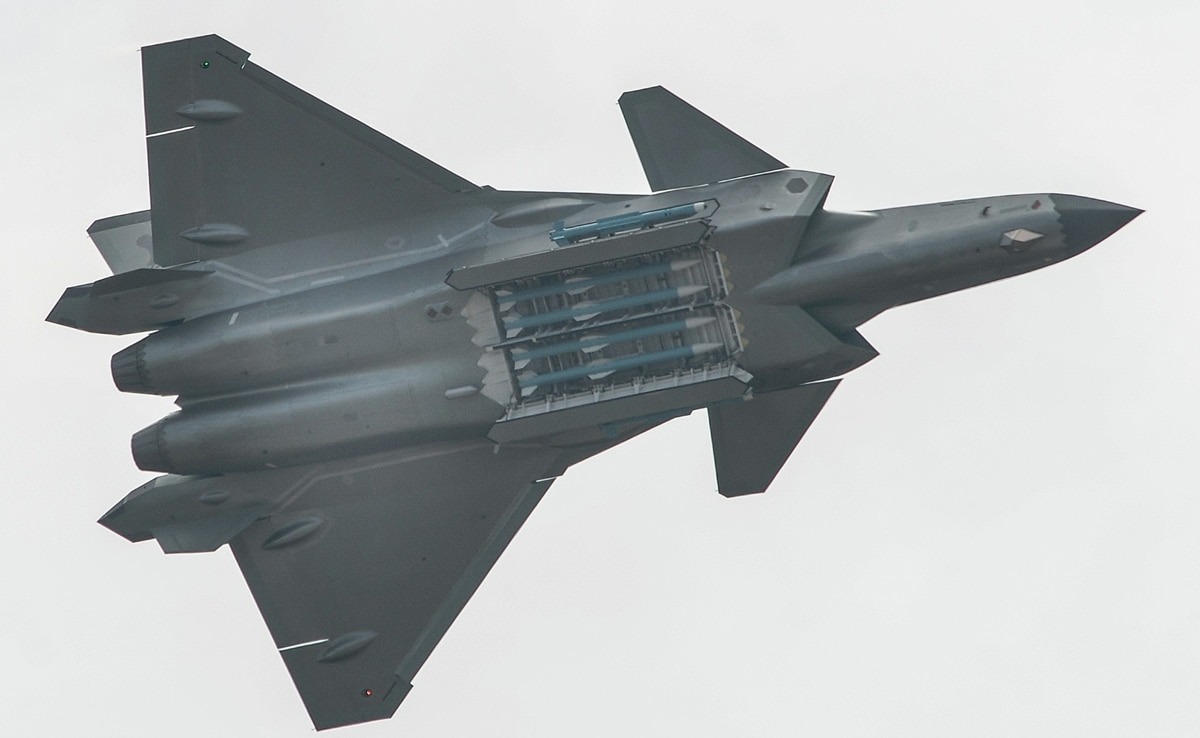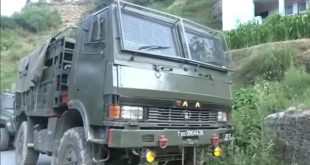 China India Relation
China India Relation
China and India share a complex and often contentious relationship, marked by historical grievances and ongoing territorial disputes. Recently, satellite images have revealed a new development: China has deployed its most advanced fighter jet, the J-20, just 150 kilometers from the Indian border near Sikkim. This move has raised concerns about increasing tensions and potential conflict in the region.
Historical Context of China-India Relations
Early Interactions and Ancient Ties
The relationship between China and India dates back thousands of years, with cultural, economic, and religious exchanges enriching both civilizations. The ancient Silk Road facilitated trade and cultural exchanges, fostering a long history of mutual influence.
Post-Independence Relations
Following India’s independence in 1947 and the establishment of the People’s Republic of China in 1949, the two nations initially enjoyed a period of cordial relations. However, the friendship was short-lived, as border disputes soon soured the relationship.
Border Disputes: A Chronological Overview
The 1962 Sino-Indian War
The most significant conflict between China and India erupted in 1962 over disputed Himalayan borders. The brief but intense war left deep scars and set the stage for ongoing tensions.
Skirmishes and Standoffs in Recent Decades
Since the 1962 war, there have been numerous skirmishes and standoffs, with the most notable being the Doklam standoff in 2017 and the Galwan Valley clash in 2020. These incidents highlight the fragile and volatile nature of the border situation.
Strategic Significance of the Sikkim Region
Geopolitical Importance
Sikkim, nestled in the eastern Himalayas, holds significant geopolitical importance. It serves as a critical corridor for both India and China, with strategic military and economic implications.
Previous Incidents in Sikkim
The region has witnessed several confrontations between Indian and Chinese forces, underscoring its strategic value and the constant tension in the area.
China’s Deployment of J-20 Fighter Jets
Details from Satellite Images
Recent satellite images have unveiled China’s deployment of J-20 fighter jets at the Shigatse Airbase, a mere 150 kilometers from the Indian border. This aggressive posturing has escalated concerns about China’s intentions.
Location and Proximity to Indian Border
The Shigatse Airbase’s proximity to the Indian border makes the deployment particularly provocative, signaling a potential threat and readiness for rapid military action.
J-20 Fighter Jet: A Closer Look
Overview of the Aircraft
The J-20 is China’s first stealth fighter jet, designed to compete with advanced fighters like the American F-22 and F-35. Its development represents a significant leap in China’s military aviation capabilities.
Stealth Capabilities and Advanced Features
Equipped with advanced stealth technology, the J-20 can evade radar detection, making it a formidable asset in modern warfare. It also boasts long-range missile capabilities, enhancing its threat potential.
Potential Threat to India
Military Implications
The presence of J-20 jets near the Indian border could tilt the regional power balance. These aircraft can carry out precision strikes and remain undetected, posing a serious threat to India’s military infrastructure.
Strategic Concerns
China’s deployment of J-20 jets raises strategic concerns for India, as it highlights Beijing’s willingness to escalate tensions and exert military pressure in the disputed border regions.
India’s Defensive Capabilities
Current Military Readiness
India has been bolstering its military capabilities along the border, deploying advanced surveillance systems, fighter jets, and strengthening its infrastructure to counter potential threats.
Strategic Assets in the Region
Key Indian airbases and military installations in the region are prepared to respond to any Chinese aggression, ensuring a state of readiness and deterrence.
Expert Opinions on the Situation
Military Analysts’ Views
Military experts suggest that China’s deployment of J-20 jets is a strategic move to intimidate India and assert dominance. It could also be a response to India’s growing military capabilities and strategic partnerships.
Diplomatic Perspectives
Diplomatic analysts believe this move could be part of a broader strategy to pressure India in ongoing border negotiations and other geopolitical matters, such as trade and regional alliances.
China’s Strategic Intentions
Possible Motivations
China’s motivations for deploying the J-20 jets could range from demonstrating military superiority to responding to India’s recent infrastructural developments along the border. It may also be an attempt to test India’s resolve and military preparedness.
Historical Patterns of Provocation
Historically, China has used military posturing as a tool to achieve political and strategic goals, often escalating tensions to gain leverage in negotiations or to distract from domestic issues.
India’s Response to Chinese Aggression
Diplomatic Measures
India has consistently advocated for peaceful resolution through diplomatic channels while also asserting its territorial claims. Dialogues and negotiations continue despite the military provocations.
Military Preparations
On the military front, India is enhancing its defensive capabilities, conducting regular drills, and deploying advanced weaponry to ensure readiness against any potential Chinese aggression.
International Reactions and Implications
Global Diplomatic Reactions
The international community, particularly major powers like the United States, closely monitors China-India tensions. Any escalation could have significant geopolitical ramifications, impacting global trade and regional security.
Impact on Regional Stability
Increased military activity along the China-India border can destabilize the broader South Asian region, potentially triggering a larger conflict involving neighboring countries and affecting regional peace.
The Role of International Organizations
United Nations Involvement
The United Nations has called for restraint and peaceful resolution of disputes. However, its role remains limited due to the complexities of international diplomacy and the sovereignty of involved nations.
Other International Bodies
Organizations like the Shanghai Cooperation Organisation (SCO) and BRICS have platforms where China and India can engage in dialogue, though their effectiveness in conflict resolution remains debatable.
Future Scenarios and Predictions
Potential Escalation
If tensions continue to rise, there is a risk of a full-scale conflict, which could be catastrophic for both nations and the region. Military buildup and aggressive posturing increase the likelihood of miscalculations and accidental engagements.
Prospects for De-escalation
Despite the tensions, there is hope for de-escalation through sustained diplomatic efforts, confidence-building measures, and third-party mediation. Both nations stand to benefit from stability and cooperation.
China’s recent deployment of J-20 fighter jets near the Indian border is a concerning development in the already strained China-India relationship. While this move raises the stakes, it also underscores the need for continued vigilance, diplomatic engagement, and preparedness on India’s part. As the situation evolves, the international community’s role in promoting peace and stability will be crucial.
 Suspense Crime Sach Ka Dam
Suspense Crime Sach Ka Dam


